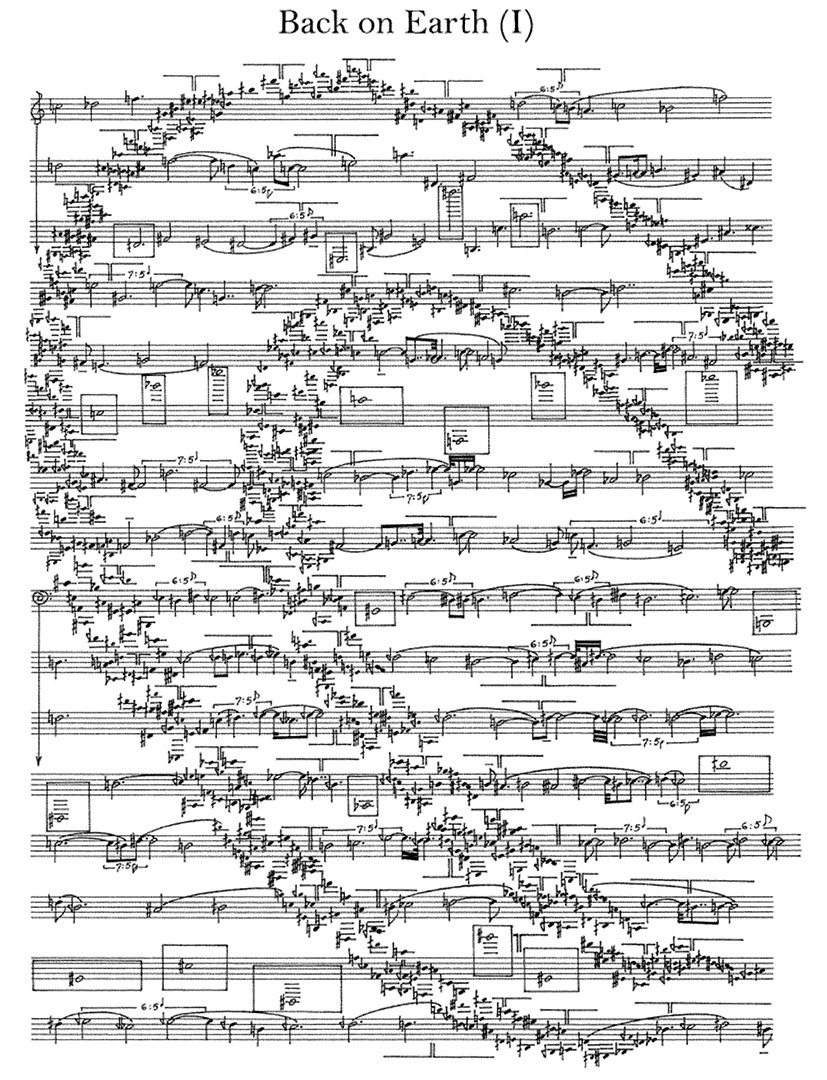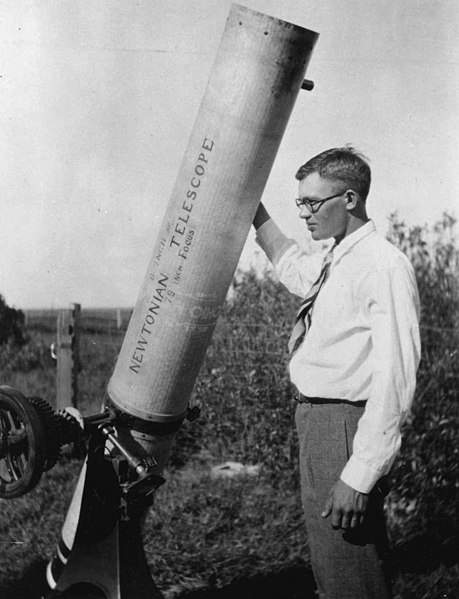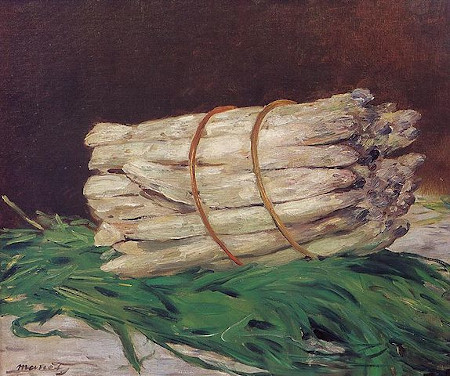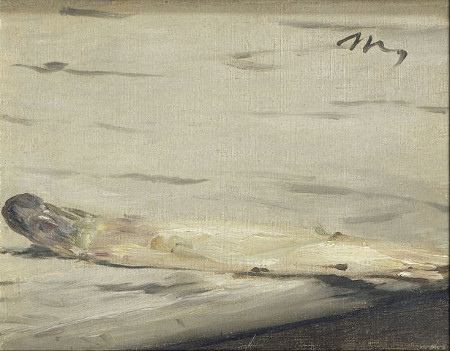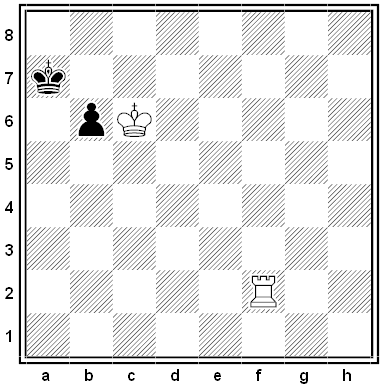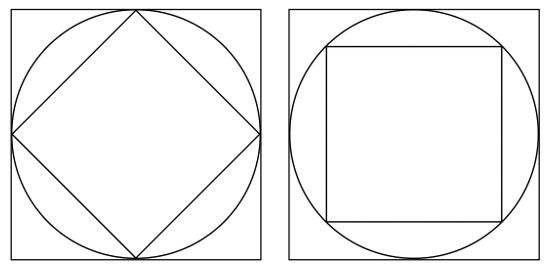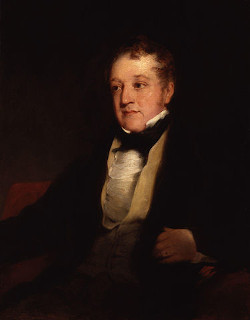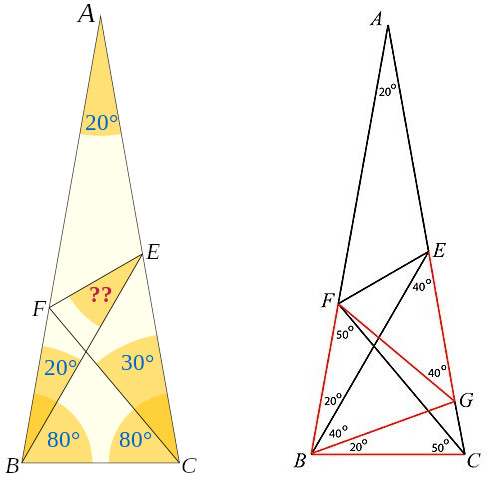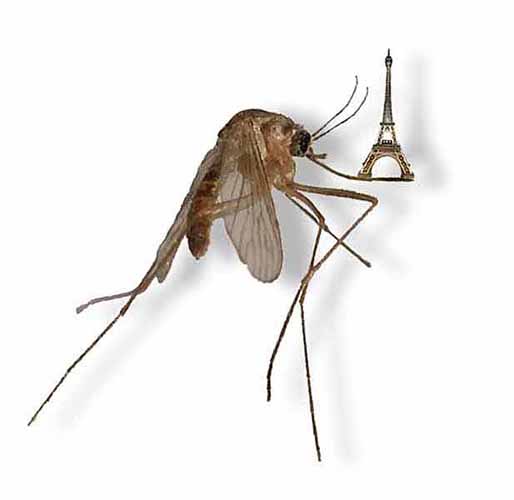
I think if there’s one thing that you could truly say it the most beautiful sight you can possibly see as a human, it is watching sunrise over the Earth, because imagine, you’re looking at blackness out the window, black Earth, black space, and then as the Sun comes up, the atmosphere acts as a prism, and it splits the light into the component colors. It splits the white light of the Sun into the component colors, so you get this rainbow effect, and it starts with this deep indigo eyelash, just defining the horizon, and then as the Sun rises higher, you get these reds and oranges and blues in this rainbow. … You never got tired of looking at those.
— Astronaut Mike Mullane, quoted in Ariel Waldman, What’s It Like in Space?, 2016

